“This Memorial is less for Abraham Lincoln than those of us today, and for those who follow after.”
The Lincoln Memorial is the most visited monument in Washington, D.C. According to the National Park Service statistics, nearly 8 million people visited the memorial in 2015. The site is open to the public all day, every day, and it is rare to see it without any visitors. Thousands of drivers pass it every day coming to or from Arlington or West Potomac Park.
Plans for the construction of a monument to Lincoln began less than three years after his death. Clark Mills – the sculptor of the Andrew Jackson statue in Lafayette Park and George Washington’s at Washington Circle – was chosen for the task. His design called for a monument 70 feet high with 36 bronze sculptures, including six equestrian statues. At the top would have been Lincoln signing the Emancipation Proclamation. The monument, which would have stood next to the Capitol, was never made due to a lack of funds.
A new effort to create the memorial began in 1910 when the Lincoln Memorial Commission was formed. The Commission chose Henry Bacon to be the architect of the memorial. Bacon was well known at the time and had designed a number of buildings around the country, notably New York City’s Pennsylvania Station. Bacon was in competition with John Russell Pope for the design of the memorial (Pope would go on to design the Jefferson Memorial). Pope submitted multiple designs, most inspired by pyramids or ziggurats. Bacon submitted only one design.

Dedicated May 30, 1922, in front of a crowd of more than 50,000, notable attendees included Chief Justice William H. Taft, President Warren G. Harding (the last president to be born before the end of the Civil War), and Lincoln’s only surviving son, Robert Todd Lincoln. Despite all that Lincoln fought for, the country still had a long way to go: a number of African-American attendees refused to attend the dedication because of the enforced segregated seating, a fact touched upon by the main speaker, Dr. Robert Moton – President of the Tuskegee Institute.

The exterior design of the memorial was inspired by classical Greek architecture, especially the Parthenon. Bacon’s memorial is surrounded by 36 Doric columns, with two additional interior columns to mark the entrance to the inner chambers. Above the columns – on the frieze – are inscribed the names of the states at the time of Lincoln’s death, each separated by double wreaths. On the frieze of the attic of the memorial are the names of the 48 states at the time of the dedication, and above this are garlands supported by the wings of eagles. All exterior decorative features were carved by Ernest C. Bairstow, who was also responsible for carving the interior text of the memorial.

The interior is separated by Ionic columns into three chambers. On the south wall the Gettysburg Address is inscribed and on the north wall is Lincoln’s second inaugural address. These inscriptions are bordered by eagles, wreaths, pilasters (decorative columns), and fasces (a bundle of bound rods with a projecting axe blade used as a symbol of unity and authority) carved by Evelyn Beatrice Longman.

Jules Guérin, who was well known for his architectural drawings and illustrations, created murals above the inscriptions. Above the Gettysburg Address is the mural entitled Emancipation, which shows the Angel of Truth freeing the slaves. On the left are representations of Justice and Law, and on the right is Immortality surrounded by Faith, Hope, and Charity. The mural above the second inaugural address is titled Unity. In this mural the Angel of Truth joins the hands of two figures representing the north and the south. Around them are figures representing the arts of Architecture, Chemistry, Literature, Music, Painting, Philosophy, and Sculpture. The group left of the angel represents Fraternity and the group to the right represents Charity.

In the center chamber sits the figure of Abraham Lincoln sculpted by Daniel Chester French. The marble statue was carved by the Piccirilli Brothers. The 19-foot statue of Lincoln rests on an 11-foot pedestal and stares pensively west toward the Capitol. The statue’s left hand is clenched, representing Lincoln’s strength and his will to preserve the Union. Its right hand is open, representing Lincoln’s compassion. The statue is depicted seated in a chair draped with an American flag, the armrests made of fasces. Inscribed on the wall above Lincoln’s head is an epitaph by art historian Royal Cortissoz: “In this temple, as in the hearts of the people for whom he saved the Union, the memory of Abraham Lincoln is enshrined forever.”

The Lincoln Memorial is one of the most symbolically rich monuments in the District. It was modeled after a Greek temple to pay homage to the civilization that created democracy. The stone for the memorial came from Alabama, Colorado, Georgia, Indiana, Massachusetts, and Tennessee, representing the unity that Lincoln achieved for the country. The statue is made from 28 pieces, again representing the coming together of many parts to make a whole. The theme of unity continues with the number of exterior columns. The 36 columns represent the states in the Union at the time of Lincoln’s death, implying that the temple of democracy cannot stand without the support of all the states.
 Perhaps the most subtle symbol of unity at the memorial is the fasces. In Roman civilization, fasces were representations of power and authority. In this case, the rods symbolize the states and the leather binding them represents the authority of the federal government. Individually the rods are easy to break, but when they are bound together they become much stronger, so too, the states of the Union.
Perhaps the most subtle symbol of unity at the memorial is the fasces. In Roman civilization, fasces were representations of power and authority. In this case, the rods symbolize the states and the leather binding them represents the authority of the federal government. Individually the rods are easy to break, but when they are bound together they become much stronger, so too, the states of the Union.

Resources used for this article:
https://en.wikipedia.org/wiki/Henry_Bacon
https://en.wikipedia.org/wiki/Daniel_Chester_French
https://en.wikipedia.org/wiki/Jules_Gu%C3%A9rin_(artist)
https://en.wikipedia.org/wiki/Ernest_C._Bairstow
https://en.wikipedia.org/wiki/Evelyn_Beatrice_Longman
https://en.wikipedia.org/wiki/John_Russell_Pope
https://www.nps.gov/nama/blogs/90th-Anniversary-of-the-Dedication-of-the-Lincoln-Memorial.htm
https://catalog.archives.gov/id/1729137
https://catalog.archives.gov/OpaAPI/media/1729137/content/arcmedia/mopix/audio/ww2/48-223.mp3
https://catalog.archives.gov/id/24676
http://intowner.com/2016/01/11/washingtons-lincoln-the-first-monument-to-the-martyred-president/
http://mallhistory.org/explorations/show/alternatedesignlincoln
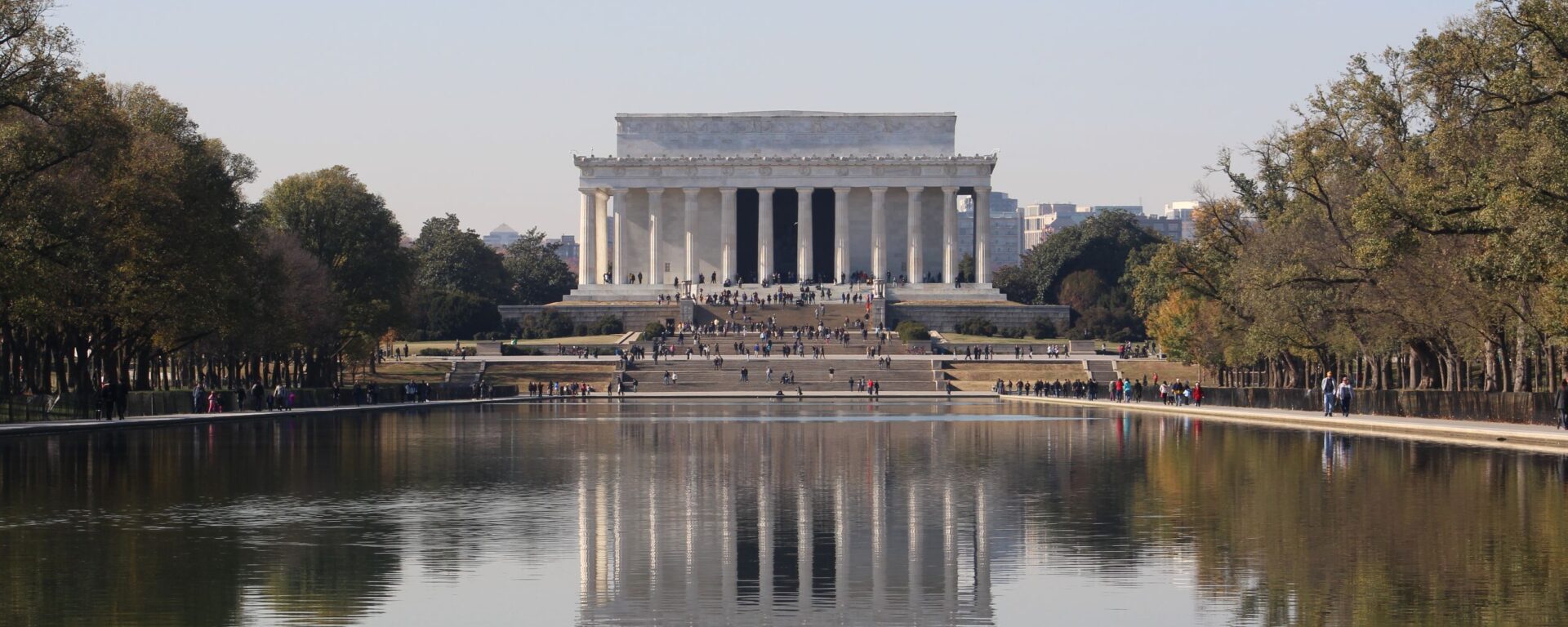
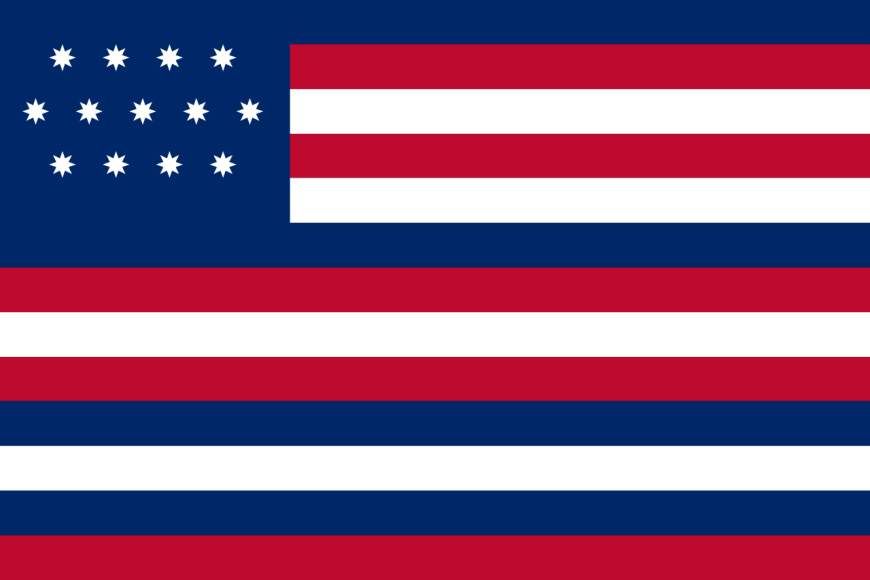
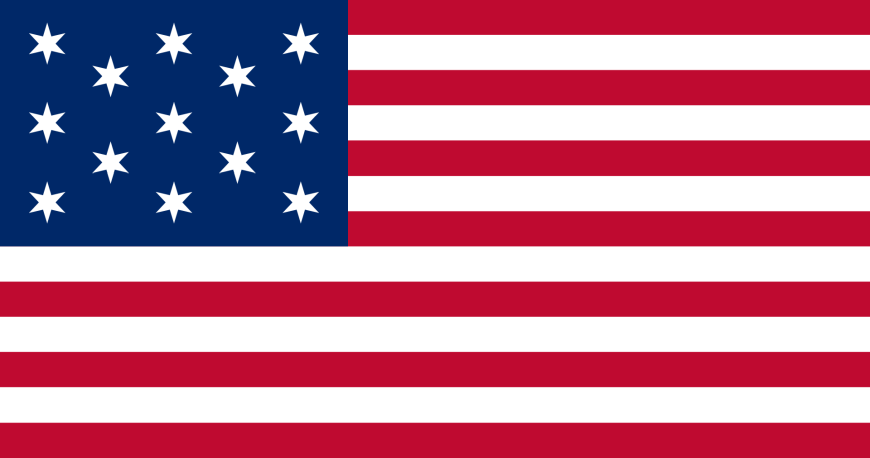
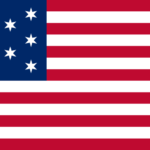
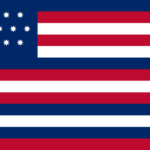
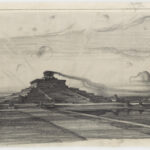
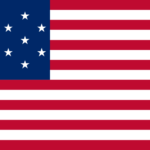
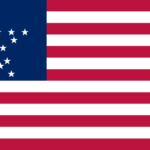
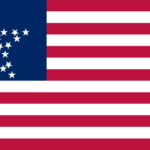

One thought on “Lincoln Memorial”
Comments are closed.